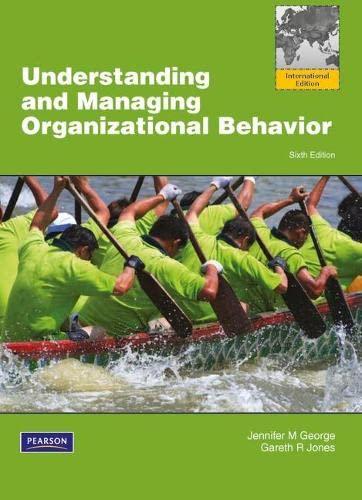Answered step by step
Verified Expert Solution
Question
1 Approved Answer
Compare and contrast the Northouse Chapter 8-9: Transformational and Authentic Leadership Theory. You will look at the theories from five different viewpoints: Leader: What are
Compare and contrast the "Northouse" Chapter 8-9: Transformational and Authentic Leadership Theory.
You will look at the theories from five different viewpoints:
- Leader: What are the implications of this theory (or approach) on the leader?
- Follower: What are the implications of this theory (or approach) on the follower?
- Context: What are the implications of this theory (or approach) on the context?
- Process: What are the implications of this theory (or approach) on the process of leadership, i.e., the act of leadership?
- Outcomes: What are the implications of this theory (or approach) on outcomes (or results)?
Useandfillin the following table to complete the theory matrix for: Transformational and Authentic Leadership Theory.

Step by Step Solution
There are 3 Steps involved in it
Step: 1

Get Instant Access to Expert-Tailored Solutions
See step-by-step solutions with expert insights and AI powered tools for academic success
Step: 2

Step: 3

Ace Your Homework with AI
Get the answers you need in no time with our AI-driven, step-by-step assistance
Get Started


